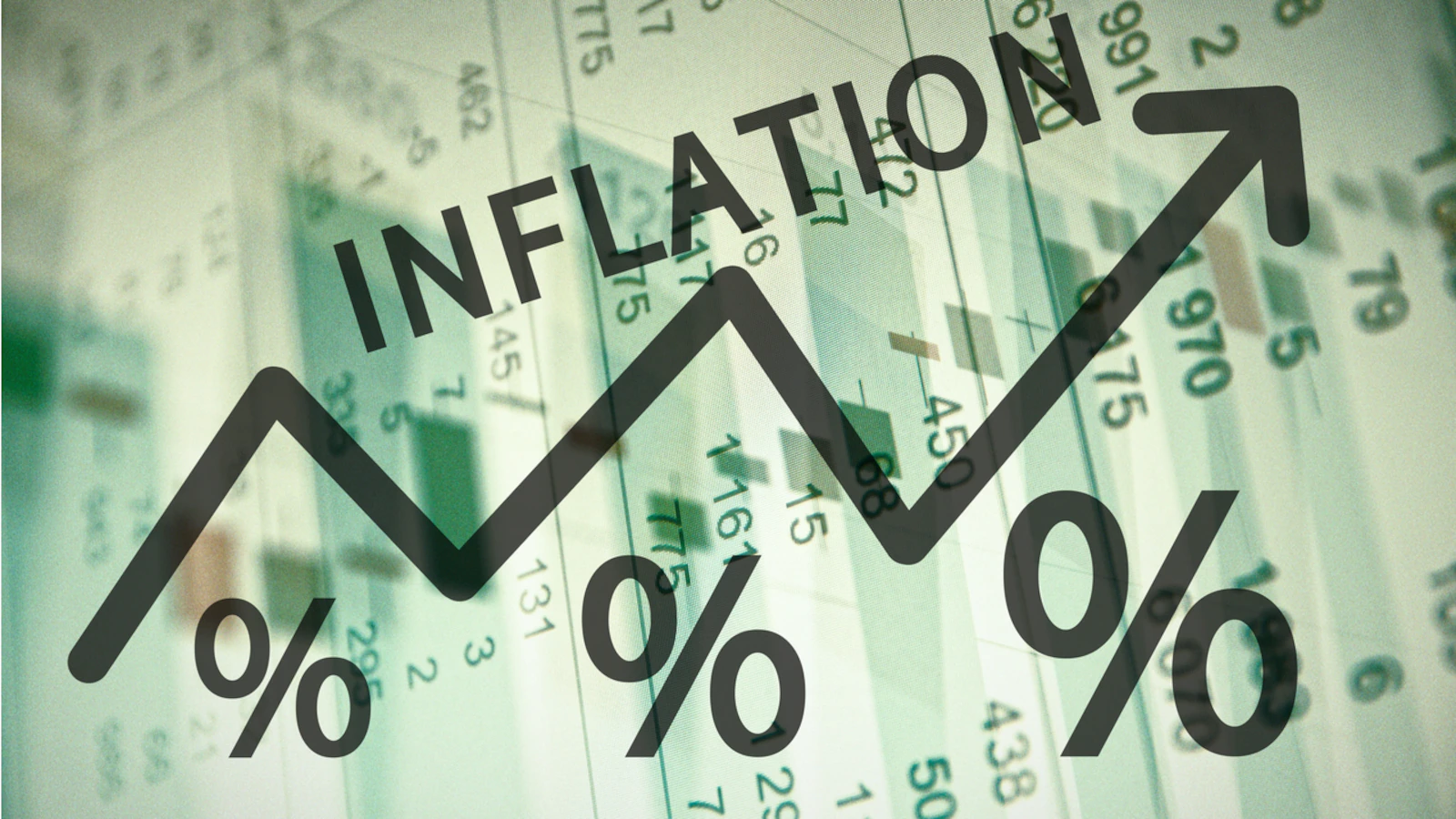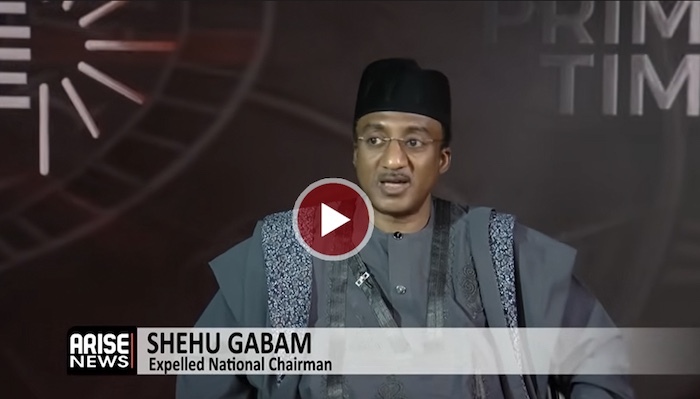
US consumer prices climbed again in September, though by slightly less than economists had forecast, according to delayed government data released nine days late due to the ongoing federal shutdown.
The Consumer Price Index (CPI) rose 3.0 percent year-on-year, up from 2.9 percent in August, the Labor Department said Friday. On a monthly basis, prices increased 0.3 percent. Both figures came in just below the median forecasts from economists polled by Dow Jones Newswires and The Wall Street Journal.
Despite the mild uptick, analysts say the data is unlikely to deter the Federal Reserve from delivering another interest rate cut next week as it continues efforts to shore up the cooling labor market.
Gasoline Prices Drive Inflation
A key factor behind September’s increase was a 4.1 percent jump in gasoline prices from the previous month. Food prices rose more modestly, up 0.2 percent overall, driven by a 0.3 percent rise in groceries.
When excluding volatile food and energy costs, the so-called core inflation rate also came in at 3.0 percent, undershooting forecasts and signaling that underlying price pressures are continuing to ease gradually.
The latest CPI report offers a rare glimpse into the current state of the US economy, with most other official releases still on hold amid the prolonged government shutdown.
Shutdown Stalemate Complicates Fed Outlook
The shutdown has stemmed from a budget standoff on Capitol Hill, where Republicans have resisted Democratic proposals to extend subsidies that help millions of Americans afford health insurance.
With limited access to official data, Federal Reserve policymakers have been forced to rely on private estimates and market signals as they weigh their next move on interest rates.
Rate Cut Looms Despite Inflation Uptick
Markets are almost certain the Fed will lower rates again next week. Futures data from CME Group shows traders pricing in a 99 percent probability of a 25-basis-point cut, which would bring the benchmark lending rate down to between 3.75 and 4.00 percent.
The decision would follow the Fed’s first rate cut of the year in September, when officials lowered the policy rate to a range of 4.00–4.25 percent.
The move comes amid growing concern over the slowing labor market. The most recent jobs report showed US job growth at just 22,000 in August, the weakest pace in months, heightening pressure on the central bank to act.
With inflation still running below expectations and employment softening, economists say the Fed appears poised to continue its cautious pivot toward easing monetary policy in the months ahead.



